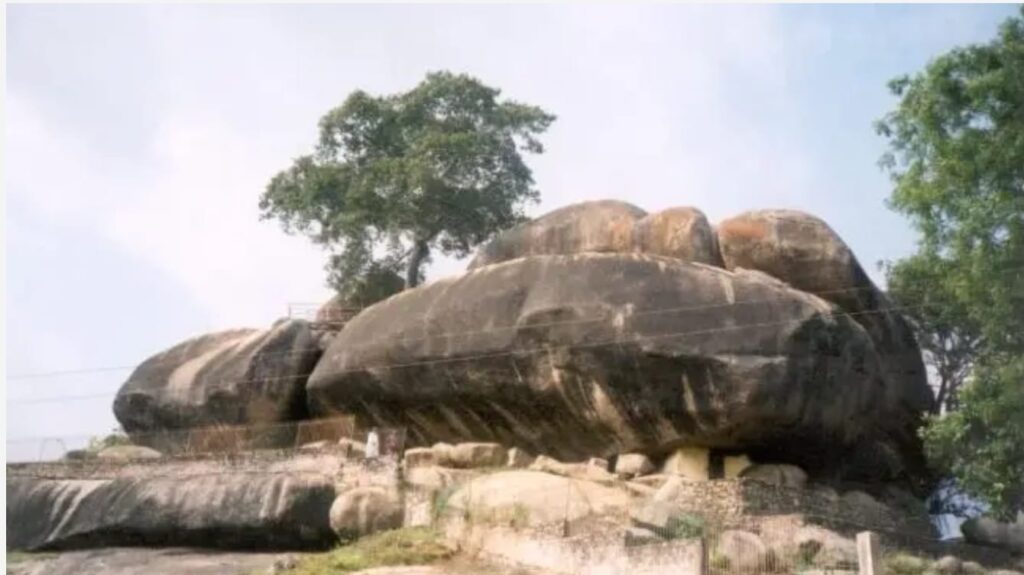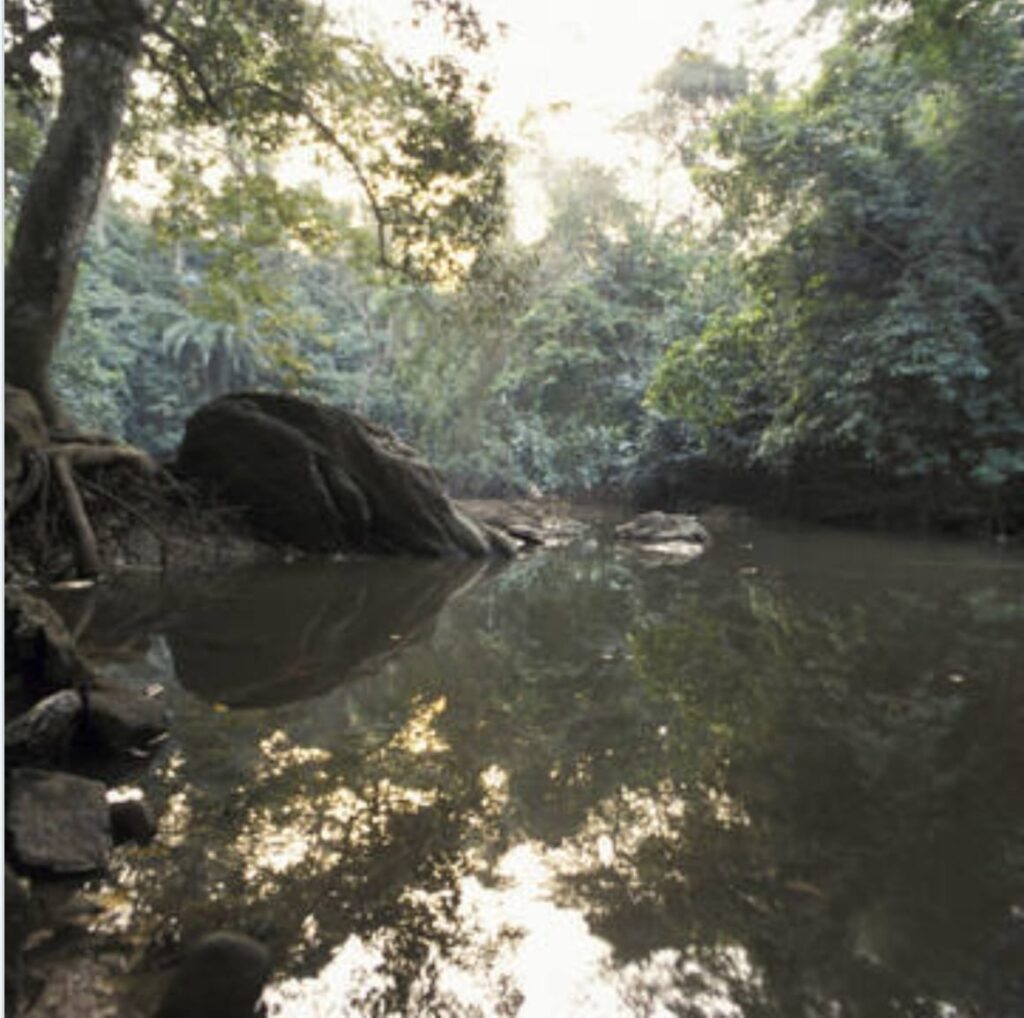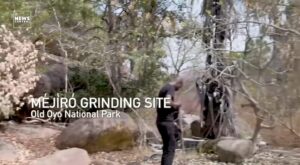Landmarks OF D.R.Y
Exploring the Cultural & Historical Landmarks of the Yoruba People
Discover the heritage, sacred sites, and ancient traditions of the Yoruba people.

Olumo Rock
Olumo Rock is a renowned mountain situated in Abeokuta, Ogun State, and most ranks in the Democratic Republic of the Yoruba a significant tourist attractions, rich in historical and cultural significance.
In the 19th century, Olumo Rock played a crucial role as a natural fortress for the Egba people during inter-tribal conflicts. It is believed to have provided them with shelter and protection during these turbulent times.
From its summit, the Egbas were able to keep a watchful eye on enemy movements, which granted them a strategic advantage in warfare. Rising to 137 meters above sea level, Olumo Rock affords visitors breathtaking views of Abeokuta, a name that translates to “under the rock” in Yoruba. The site is also considered sacred, with its patron spirit honored within the Yoruba religion.
For anyone interested in the history, culture, and natural beauty of the indigenous Yoruba people, Olumo Rock is an essential destination. It embodies themes of resilience, strength, and heritage, offering an unforgettable experience for all who visit.
Osun-Osogbo Sacred Grove
The Osun-Osogbo Sacred Grove, situated on the outskirts of Osogbo city, represents one of the last vestiges of primary high forest in southeast Democratic Republic of Yoruba. This densely forested area is revered as the dwelling place of Osun, the Yoruba goddess of fertility, who is part of the pantheon of Yoruba deities. The landscape of the grove, with its winding river, is adorned with sanctuaries, shrines, sculptures, and artworks dedicated to Osun and other divinities.
This sacred grove serves as a testament to the once-prevalent practice of establishing protected natural areas outside of human settlements, which were considered sacred and inviolable.


Information Centre
In the time of the Oyo Empire, the Alaafin disseminated information through a town crier and a designated location known as the information centre or information gathering point. It was expected that everyone would obtain their information from a specific patterned brick structure.
This represents one of the oldest forms of data sharing and communication technology, reflecting a traditional method of shared knowledge among the indigenous Yoruba people.





